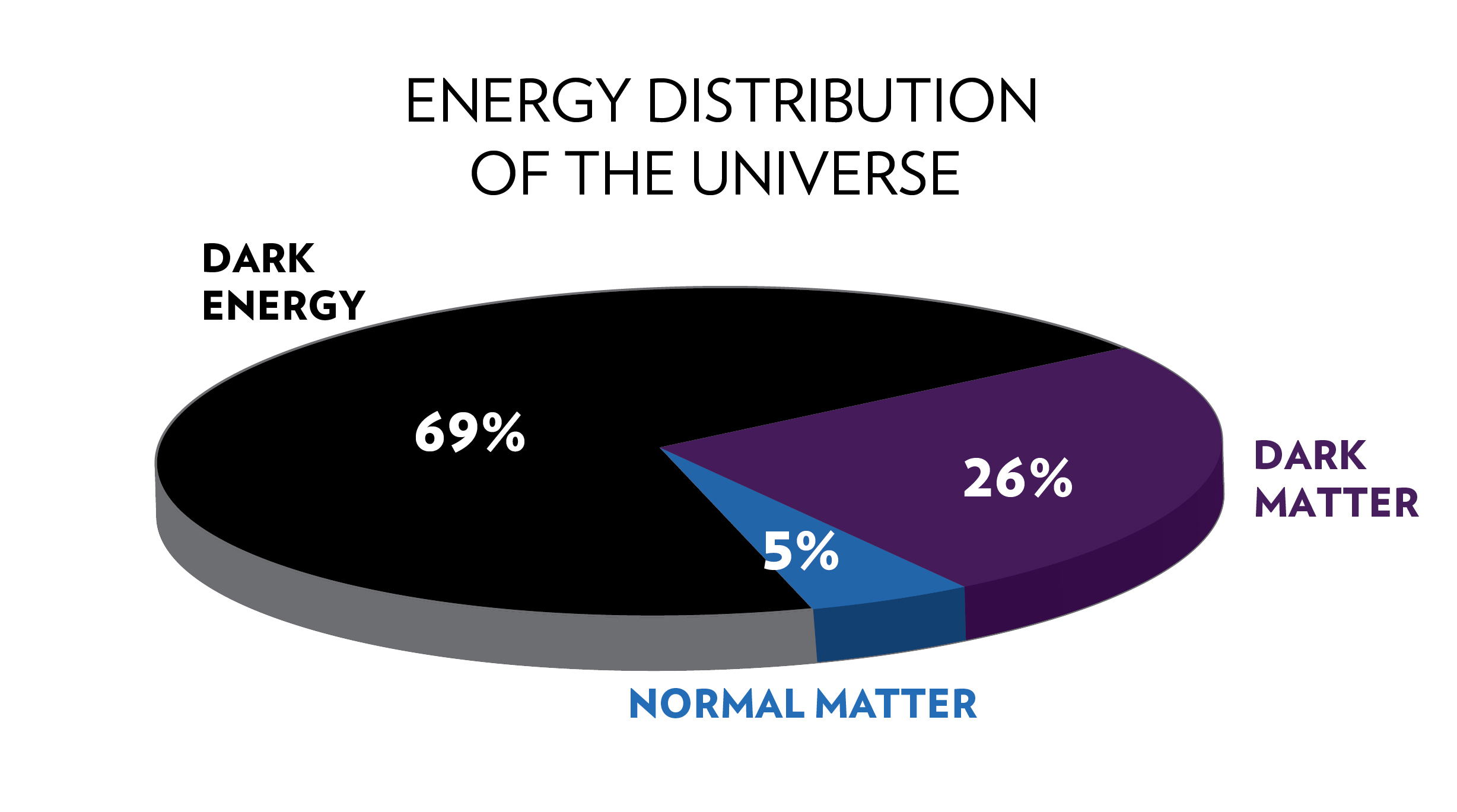Dark Matter & Dark Energy: Scientific Problems or a Flawed Gravitational Theory?

Modern cosmology tells us that the universe is composed of about 5% ordinary matter, 25% mysterious dark matter, and 70% even more enigmatic dark energy. While these are mainstream concepts, their very nature—being unobserved and unexplained—points to a potential crisis in our fundamental understanding of physics. Could the problem lie not in the universe, but in our theory of gravity itself?
The Case for Dark Matter and Dark Energy
The evidence seems compelling:
- Dark Matter: The rotational speeds of galaxies are far too fast to be held together by the gravity of their visible matter alone. Similarly, the way galaxy clusters bend light (gravitational lensing) suggests far more mass is present than we can see.
- Dark Energy: Observations of distant supernovae revealed that the expansion of the universe is not slowing down, but accelerating. This requires a repulsive force, dubbed "dark energy," to counteract gravity.
The Critique: A "Fudge Factor" for Physics?
From a critical perspective, dark matter and dark energy can be seen as sophisticated "fudge factors." They are invisible, undetected entities invented to make observations fit the existing framework of Einstein's General Relativity. As the file notes, this approach means "their physics is deficient."
An Alternative: Carmelian Relativity
The review points to an alternative: Carmelian general relativity. This is a specific, though not mainstream, alternative theory of gravity. Proponents argue that it can explain the key observations without the need for dark entities:
- It can accurately model the rotation curves of spiral galaxies without invoking invisible dark matter halos.
- It can fit the data for an accelerating universe without requiring the mysterious repulsive force of dark energy.
In this view, dark matter and dark energy are not substances, but symptoms of our incomplete understanding of how gravity works on cosmic scales.
Implications for Cosmology
If an alternative theory of gravity like Carmelian relativity is correct, the implications are profound:
- A Simpler Universe: The universe would be composed of the matter we can actually see and detect, removing two major, unexplained components.
- A Paradigm Shift: It would necessitate a major revision of Einstein's theory of gravity, one of the pillars of modern physics.
- Challenging the Standard Model: Much of the evidence for the Lambda-CDM model (the standard model of cosmology) would need re-interpretation.
Conclusion: A Question of Worldview
The adherence to dark matter and dark energy is not just a scientific debate; it is also a philosophical one. For a materialistic worldview, it is preferable to postulate unknown forms of matter and energy than to consider that the underlying laws of physics might be different than currently believed—a change that could open the door to other paradigm-shifting ideas.
While Carmelian relativity is not the only alternative theory (others like MOND exist), its mention highlights a crucial point: the case for dark matter and dark energy is not as closed as it is often presented. The continued failure to directly detect these entities keeps the door open for a more elegant solution, one that may lie in a new understanding of gravity itself.